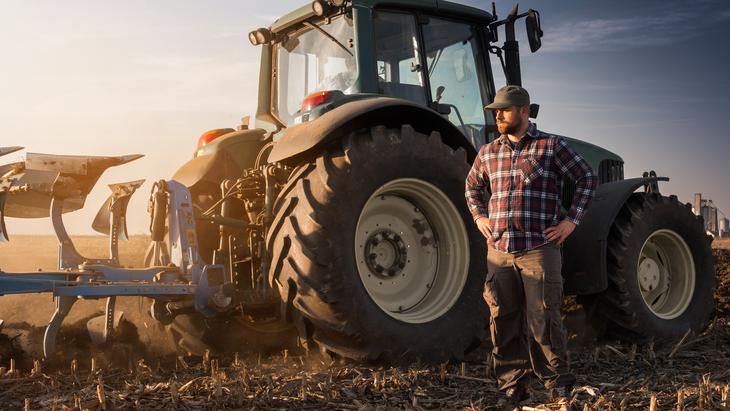
Proper tractor engine cooling systems help farmers cultivate at maximum efficiency
December 1, 2020
Grit, toughness and work ethic are all traits commonly associated with farmers, and rightfully so.
But the occupation also requires quite a bit of brains. Farmers around the globe must balance knowledge of crops and animals with weather patterns, planting and harvesting techniques, the latest technological advancements, managing revenues and expenses, and keeping their equipment operating all the while.
One thing they don’t have to think about too much, though, is making sure their tractors don’t overheat.
That’s because today’s agricultural engine cooling systems are engineered with longevity in mind. Designed to deliver the proper amount of airflow while reducing power consumption and noise, most of them feature fans made of highly durable material and, in some cases, a maintenance-free, fully-variable-speed fan drive.
These fan drives, also called fan clutches, generally operate using viscous technology. By sensing temperature requirements, variable-speed fan drives spin only as often and as fast as they need to.
That means less power wasted on unnecessary cooling and more power to the wheels plowing, planting, spraying or reaping.
The design of an engine’s fan also comes into play. By adjusting factors like diameter, configuration and blade length, width and pitch, the engineers who design tractors and other farming equipment are able to achieve desired airflow while cutting down on things like power consumption, noise and cost.
Efficient fan design and variable-speed technology also play a central role in meeting emissions regulations. More stringent legislation in both North America and the European Union helped drive widespread adoption of variable-speed technology, which helps cut down on particulate matter released into the earth’s atmosphere by helping the engine run more efficiently.
So even though he might not realize it, the cooling system in a farmer’s tractor helps him take care of the very land he relies on for his business.
Optimized fans and variable-speed drives also cut down on noise pollution. The EU already regulates this as part of its emissions standards, and the United States is expected to follow suit in the coming years.
Of course, none of that matters if the fan and fan drive don’t function properly or succumb to wear and tear. That’s why manufacturers like John Deere and Case IH go through extensive testing and quality checks before a fan or fan drive goes on their machines.
